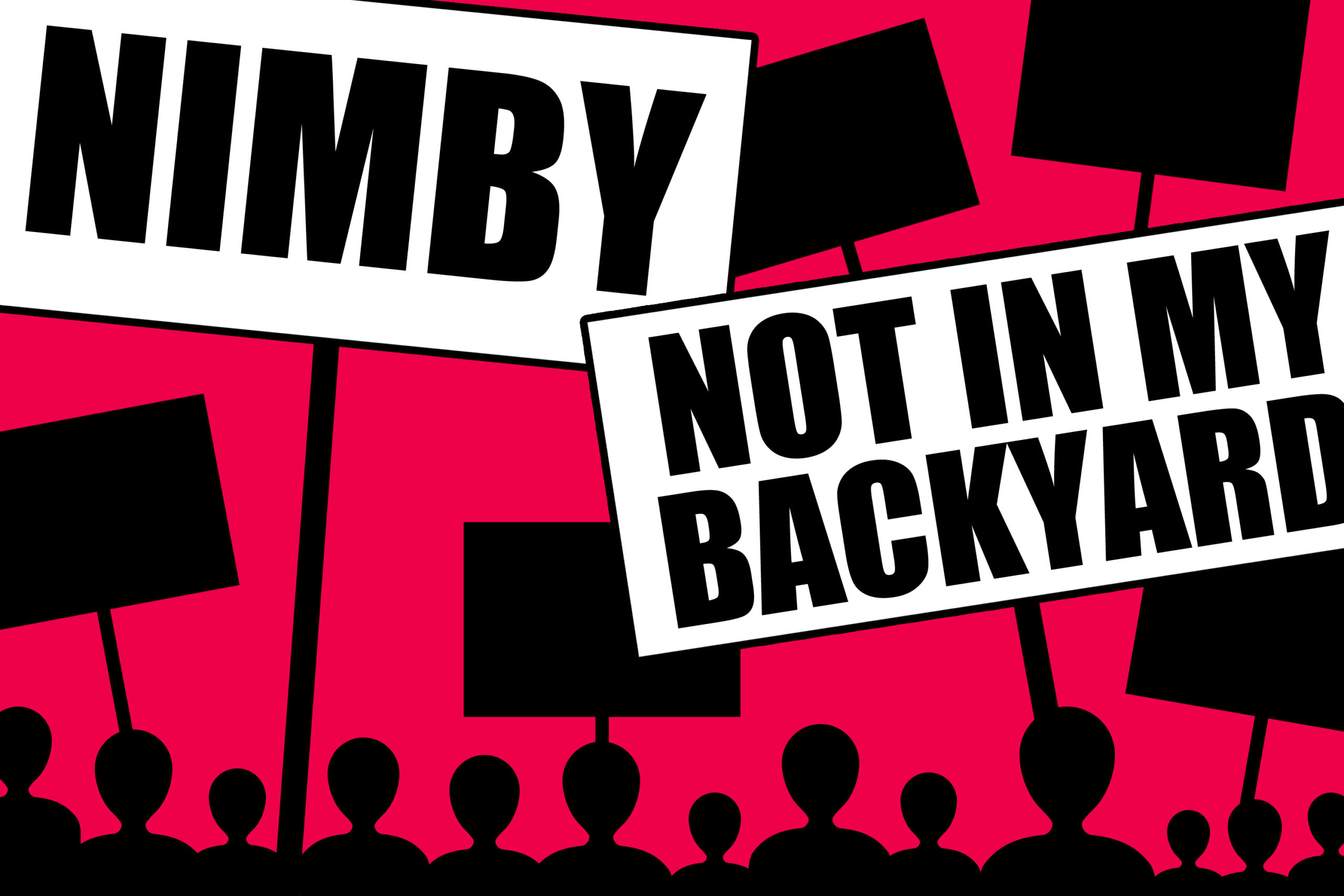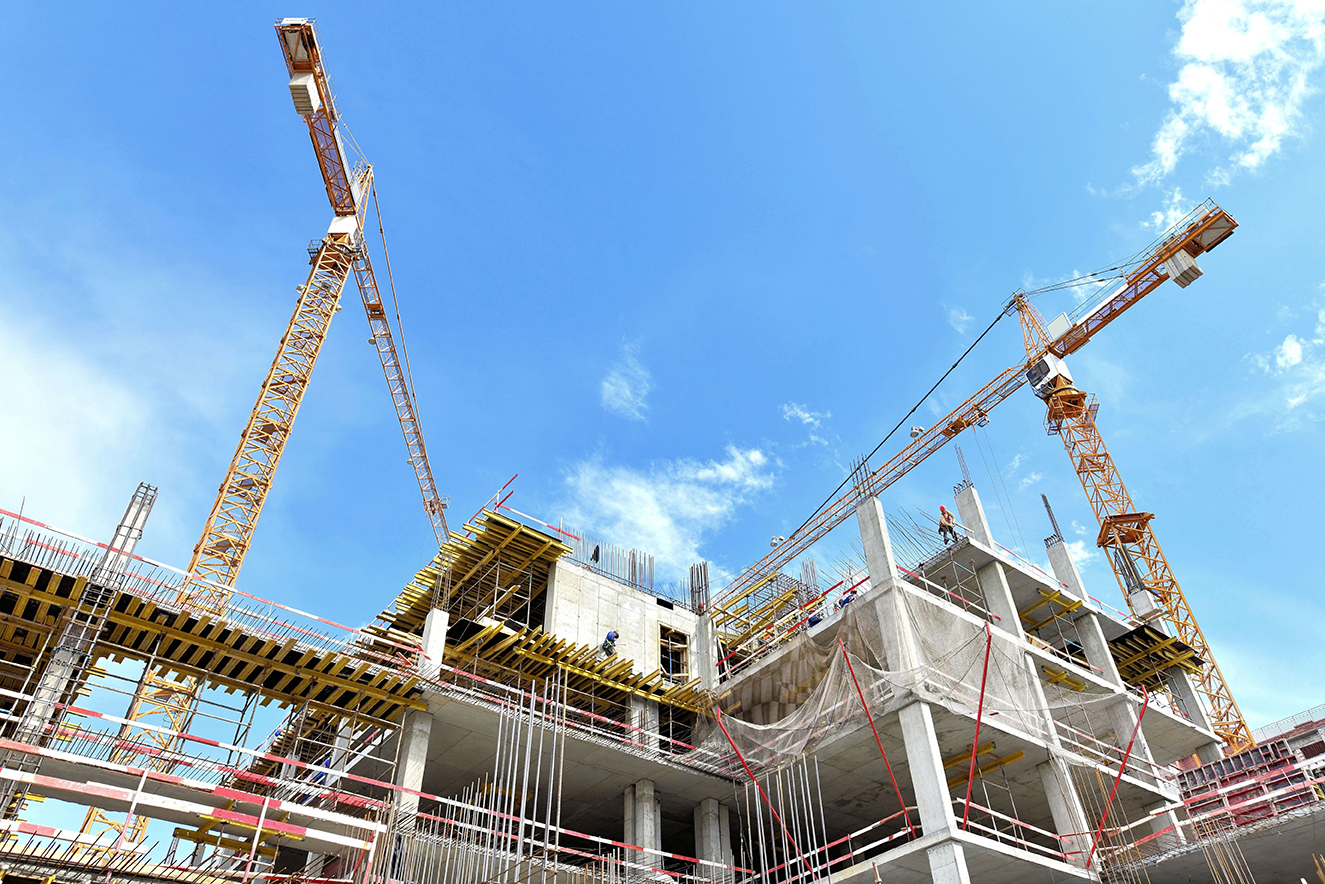 Housing Crunch
Housing Crunch
The housing crunch is an acute and chronic problem in much of California, and this is especially true in the San Francisco Bay Area and Silicon Valley. I have written previously in this blog about our shortage of housing here, and the various efforts being undertaken to address this situation. Without a doubt, this issue is one of the most pressing concerns facing this region.
NIMBY Problems
As you most likely know, this flourishing hub of technology and development we now call Silicon Valley used to be known as the Valley of Heart’s Delight, renowned for its vast swaths of fruit orchards. This surfeit of acreage, suburban sprawl, and widespread “not in my back yard” (“NIMBY”) attitudes have produced low housing density in many of our local cities, leading to a scarcity of housing supply relative to demand. Unsurprisingly, this imbalance has also resulted in our high real estate values.
Accessory dwelling units
One familiar approach to rectifying this dearth of housing is to place additional accessory dwelling units (ADUs) on already-developed residential property. These so-called “in-law” or “granny” units can help in augmenting the current stock of housing by increasing the number of units that can be located on an existing residential parcel. While a number of local cities have welcomed this model for housing expansion, others have been less sanguine, imposing an array of limitations and restrictions upon their development and use in the name of local control. A variety of critics have decried these restraints, arguing that sanctioning higher housing density would help allow our housing supply to meet growing housing demand.
Earlier this year, in response to the pressures of the housing market, the California legislature stepped into this debate. In May, the State Senate voted to adopt Senate Bill 1069, introduced by State Senator Bob Wieckowski, which would act to curb a number of the impediments that had been imposed on the development of this type of housing, such as parking requirements and utility hookup fees, and which would fast-track the approval of permits for such units. The State Assembly then took up consideration of this legislation, passing the Assembly Local Government Committee in June, and advancing to the Assembly Appropriations Committee in August.
After final passage by the full Assembly, Governor Brown signed this bill into law on September 27. The supporters of this new law, including the California Housing Consortium, AARP and the Bay Area Council, among others, say it is an important component of addressing California’s housing shortage. According to the Bay Area Council, if just ten percent of the owners of single-family residences in the San Francisco Bay Area built second units (called “accessory dwelling units” under the revised statutes), 150,000 new units would be added to the local housing stock. Opposition to the bill came primarily from the League of California Cities and the California State Association of Counties, who asserted that this legislation would strip local governments of their power to control this type of housing adequately, and would work to the detriment of the unique characteristics of local communities.
Among the available options for boosting our inventory of local housing, adding accessory dwelling units may be one of the most economically efficient methods available for this area. For example, the diffuse, decentralized nature of this type of development makes it less likely to require subsidies. Furthermore, the impacts of the resultant increase in density caused in affected neighborhoods by these units may be less keenly felt than with larger developments. On the other hand, if the benefits of these units become too enticing in the eyes of property owners, their effects could be substantial. As recently reported by the San Francisco Business Times, Veritas Investments, the largest residential landlord in San Francisco, wants to add hundreds of these units to its portfolio there. While these numbers might make too much difference there, given its existing density, one wonders what kind of footprint such an increase might leave in Palo Alto or Sunnyvale.
The final text of this legislation can be found here.



